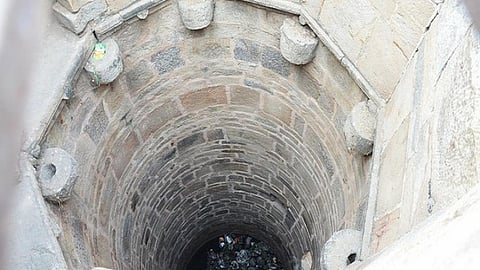
- Topics
- Feature
- Opportunities & Events
- About
- Hindi Portal
- Data
- Topics
- Feature
- Opportunities & Events
- About
- Hindi Portal
- Data

Like other sciences, the science of water too was well developed in ancient India. The report regrets that at present sufficient attention is not paid to our ancient Indian sciences. The study of Sanskrit literature indicates valuable references to hydrology and important concepts of modern hydrology are scattered in various verses of Vedas, Puranas, Meghmala, Mayurchitraka, Vrhat Sanhita and various other ancient Indian works.
Some of the key references are as follows –
The list of chapters is as follows –
We are grateful to the National Institute of Hydrology for sharing the printed version of this book with us, as well as for allowing us to publish this in the public domain.
Download the book: